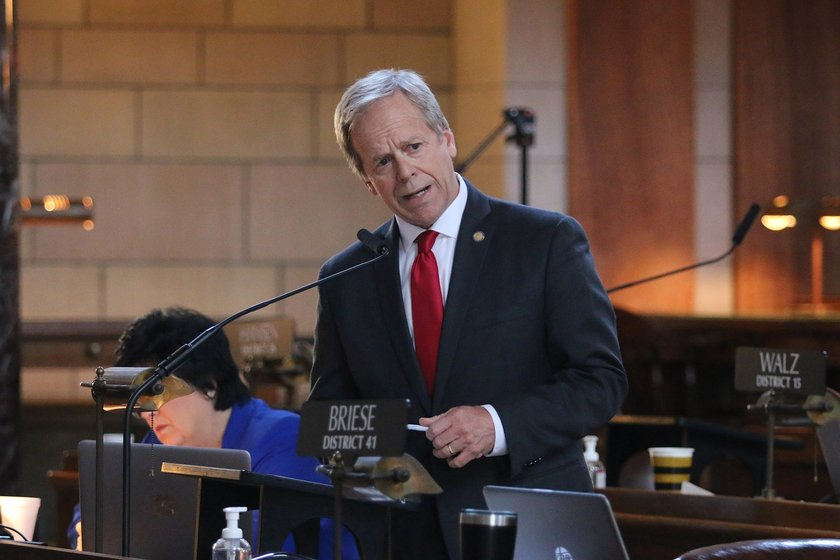Economic activity and tax revenue would increase and deaths would decrease if Nebraska went to year-round daylight saving time, a state senator argued Monday.
State Sen. Tom Briese of Albion introduced a bill that would, under certain conditions, make daylight saving time year-round in the state.
Legislative Bill 283 was given first-round approval on a 40-3 vote. The debate came a day after Nebraskans made the switch to daylight saving time by adjusting their clocks one hour ahead.
Nebraska would switch to year-round daylight saving time only if that was permitted by the federal government and if three adjoining states also approved the switch.
Right now, the feds permit states to allow either permanent standard time (as Arizona does) or to follow a system of switching back and forth. A subcommittee of the U.S. House Energy and Commerce Committee held a hearing last week on the proposal to switch to year-round daylight saving time.
Several states pass bills
At least 19 states have passed bills seeking a change to year-round daylight saving time. Briese, who introduced LB 283 along with 22 cosponsors, said 28 other states are considering bills like his this year.
None of Nebraska’s neighbors has approved the switch, although Iowa’s House recently passed a bill to switch to year-round daylight saving time, pending federal action.
Currently, Nebraska operates on daylight saving time from the second Sunday in March to the first Sunday in November, operating on standard time during the late fall and winter.
Briese said he hears almost universal complaining about the current “spring forward, fall back” routine. It is a hard adjustment for many, including those who follow a schedule for medications, he said.
Medical issues
The senator also told colleagues studies have shown that heart attacks and strokes rise by about 24% to 25% in the aftermath of a time change.
“This practice, of changing our clocks twice a year, is actually hurting and killing people,” Briese said.
He said providing an additional hour of sunlight after 5 p.m. in the winter months would increase consumer spending and productivity.
The JPMorgan Chase Institute concluded in a 2016 study that the start of daylight saving time in the Los Angeles area sparked an increase of daily credit card spending of 0.9%. By contrast, the end of daylight saving time decreased consumer spending by 3.5%.
Thus, Briese said, year-round daylight saving times would be a “valuable tool” in growing the economy.
Busing in the dark
Bayard Sen. Steve Erdman objected to a switch to permanent daylight saving time, saying it would mean that more schoolchildren would be walking and busing to school in the dark.
He said he liked that the sun was at its highest point at noon and argued that if people didn’t want to adjust their clocks twice a year, going to year-round standard time was the answer.
“If it’s good enough for God, it’s good enough for me,” Erdman said.
He added that if people want to golf, they should just adjust their work hours so they get off an hour earlier.
The federal government would have to pass a law allowing states to choose year-round daylight saving time, Briese said. But, he added, if enough states pass bills like LB 283, that would probably happen.






































